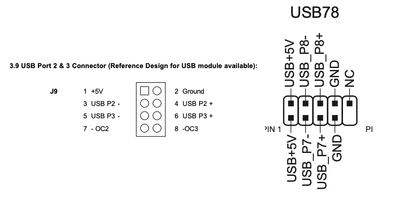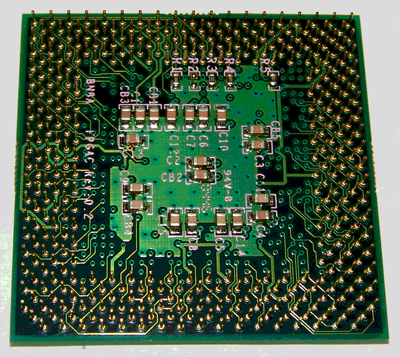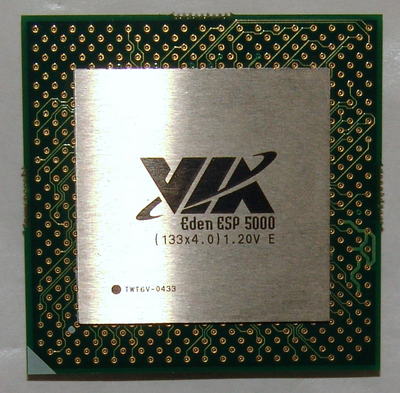Reply 20 of 45, by Socket3
- Rank
- Oldbie
Joseph_Joestar wrote on 2022-12-23, 09:50:Socket3 wrote on 2022-12-23, 09:23:Most games up to 1999 can be comfortably played on the Blade 3D line in openGL or D3D at 640x480, with older titles like GLQuake running well even at 800x600. So far I tried Homeworld, GL Quake, Quake 2, Dungeon Keeper 1 and 2, Forsaken, Croc, MDK, Lego Racers and Diablo 2, they all ran great* @ 640x480.
Can confirm, I had a Blade3D back in the day and it was a fairly decent graphics card for pre-1999 3D gaming at 640x480.
I do remember some minor glitches in OpenGL which may have been resolved by later driver updates (not sure). But overall, it rendered most games that I played very nicely.
Me too 😀
In winter 1999 I went from the 1MB Cirrus Logic card in my 486 to a integrated Tirdent Blade 3D (Lucky Tech VIA MVP4 mainboard) and was ecstatic when I saw my new PC can run any 3d accelerated game off my demo disk at playable framerates with good image quality.
You're right about drivers. Some drivers have no-or basic openGL support, while others offer great openGL support and performance. I remember in late spring of 2000 I had to re-install windows 98 and lost the driver CD - so I bought a few blank disks and went over to a friend who had fast(ish) internet, and we downloaded all the drivers I needed plus some games. We downloaded the official drivers from the manufacturer's website, and had no openGL support. The following day I wend over and downloaded the video card driver off the Trident website (I think, can't remember exactly, it's been 22 years) and actually got better performance in most games vs the driver my computer originally came with.


